When choosing which colleges to apply to, many factors come into play. For example, you may turn away from some of the U.S.’s top universities solely because of the very high and often unreasonable tuition.
These top colleges include the Ivy Leagues, Stanford, Northwestern, University of Southern California (USC), and many, many more. However, the several applicants that do get into these colleges may not be able to attend them due to a multitude of reasons — the most prominent being the annually increased fees.
To encourage a higher rate of attendance and an enhanced positive image, most colleges do provide financial aid. And, recently, USC has changed its financial aid policies, making tuition free for students whose household income is $80,000 or less.
The premise of this change is seemingly perfect and is a long-awaited change in the system. But the question of whether or not this actually benefits students comes to mind for many reasons, especially since the recent college admissions scandal.
For instance, the acceptance rate of USC in 2019 was at a low 11.4%, meaning for every 100 students who applied, only 11 actually got in. It is, therefore, likely that of that small percentage, only a few would qualify for the free tuition. Thus, those who need help financially may not even see an acceptance letter from the school due to the very high standards and strict criteria, making it harder for students to really reap the benefits of this change.
However, let’s say you do get into a pricy college and qualify for its free tuition, what happens if the school runs out of funds for the aid? Will you then be sucked into the debt-inducing cycle of student loans? It’s unclear where the funding is coming from if not from student tuition, so it’s hard to trust the program when the funds may be unstable.
On the other hand, some might argue that the majority of people in the U.S. would qualify for free tuition; thus, it would be immensely advantageous for many applicants.
According to Statistical Atlas, the median household income in the U.S. is $55,300, which is below USC’s fixed income criteria, meaning about 50% of households in the U.S. bring in more than $55,000 a year. This also indicates that about 45% of people in the U.S. wouldn’t receive financial aid, as they reach over the margin of $80,000.
So, if more than half of the households in the U.S. earn $80,000 or less a year, that would most likely cause monetary issues for colleges offering free tuition with a similar margin since the majority of applicants would fit the standard.
Since the majority of applicants will most likely qualify for the financial program, some schools may find it difficult to maintain funding, which begs the question: how long will these schools be able to maintain this lack of funding? And, in a time of financial need for the university, will students who qualify for free tuition be at a disadvantage?
Additionally, this relates to the low acceptance rates that these top schools have. Since colleges like USC are becoming more realistic for those who are not financially advantaged, more and more applications will be sent in; moreover, this decreases their likelihood of actually getting into the college, as more applications lead to a more competitive atmosphere and culture.
Despite the average household income in the U.S., most students that attend schools like USC come from wealthy families. According to The New York Times, the median family revenue for USC students is about $161,400, with 63% coming from families in the top 20% and 4.9% of its students coming from families in the bottom 20%, so only a portion of these students genuinely benefit from aid.
Overall, these colleges are seemingly improving their financial aid programs in an attempt to boost their image rather than to allow less advantaged students to attend their school.
*This editorial reflects the views of the Scot Scoop editorial board and was written by Natalie Doud.


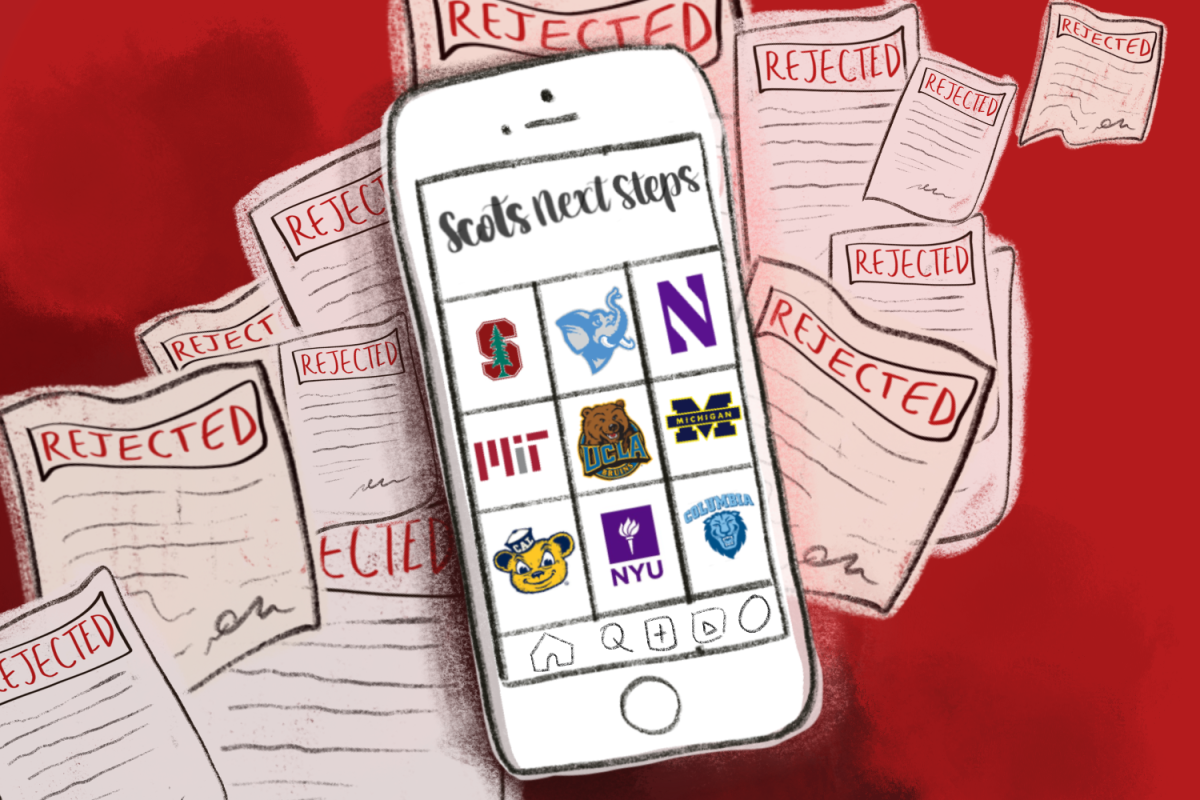

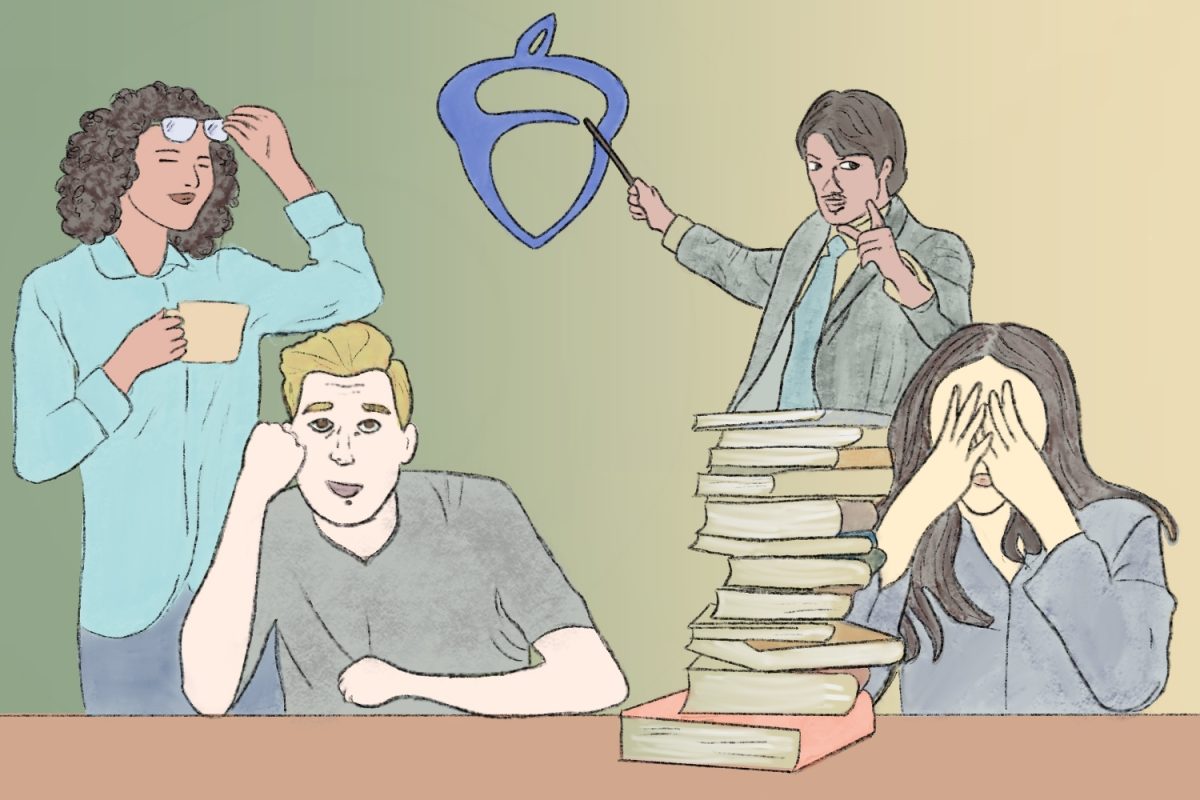
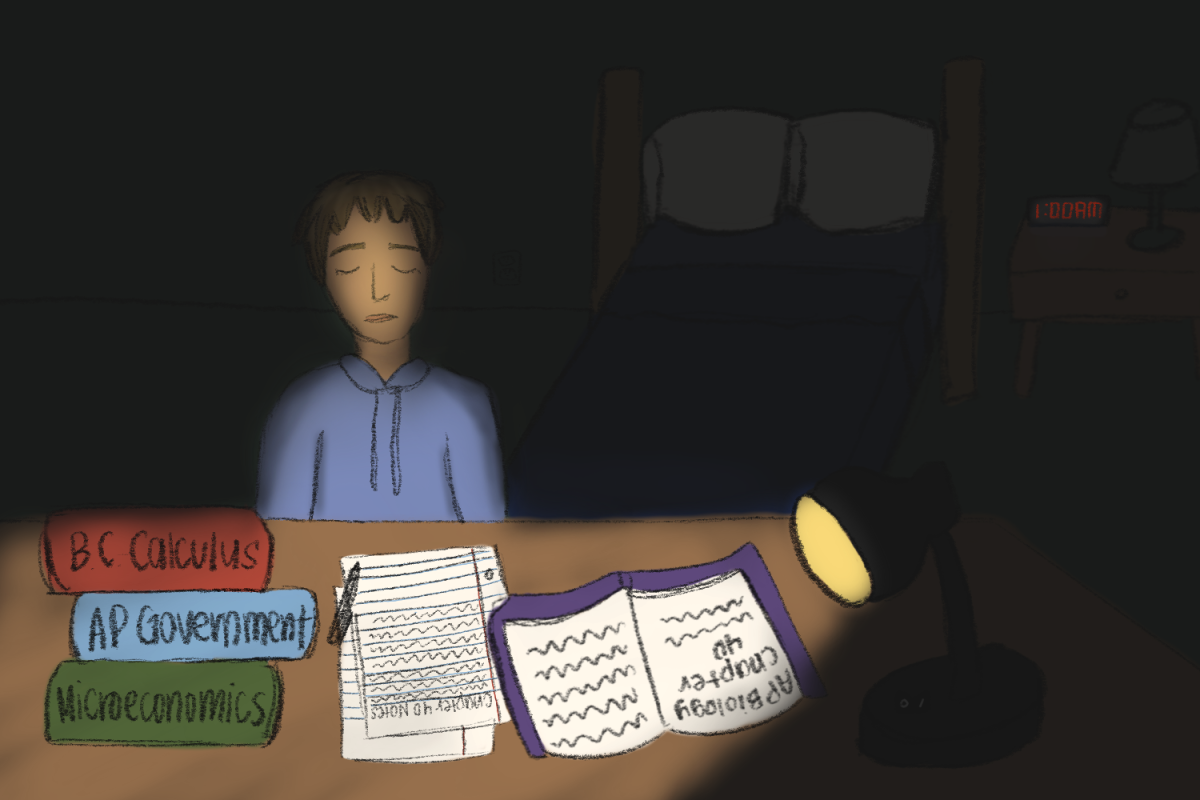
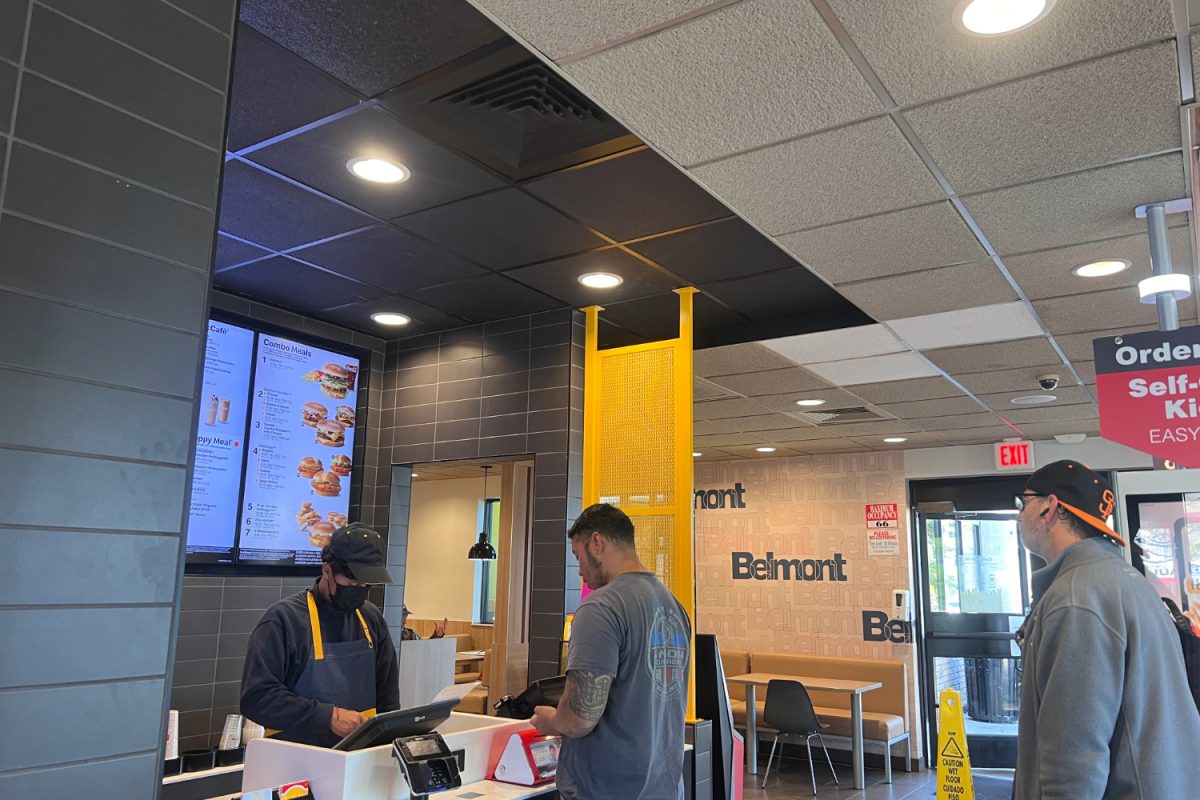




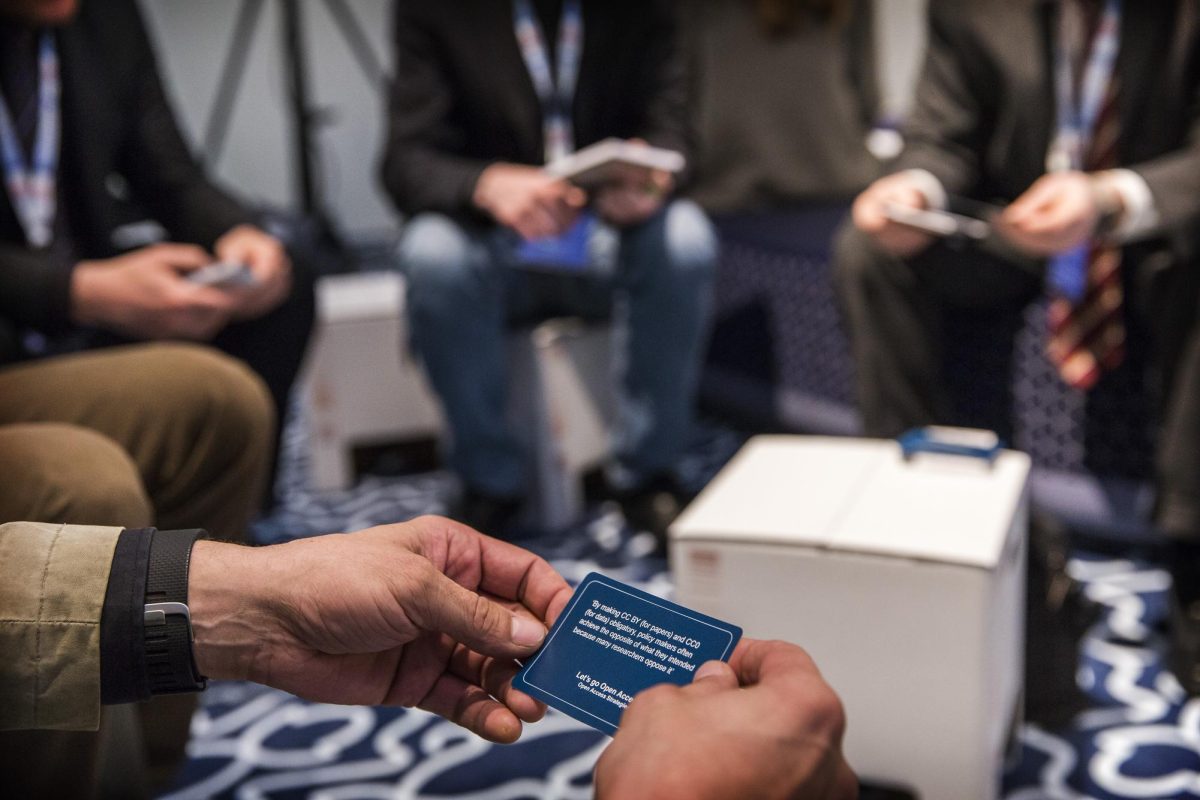
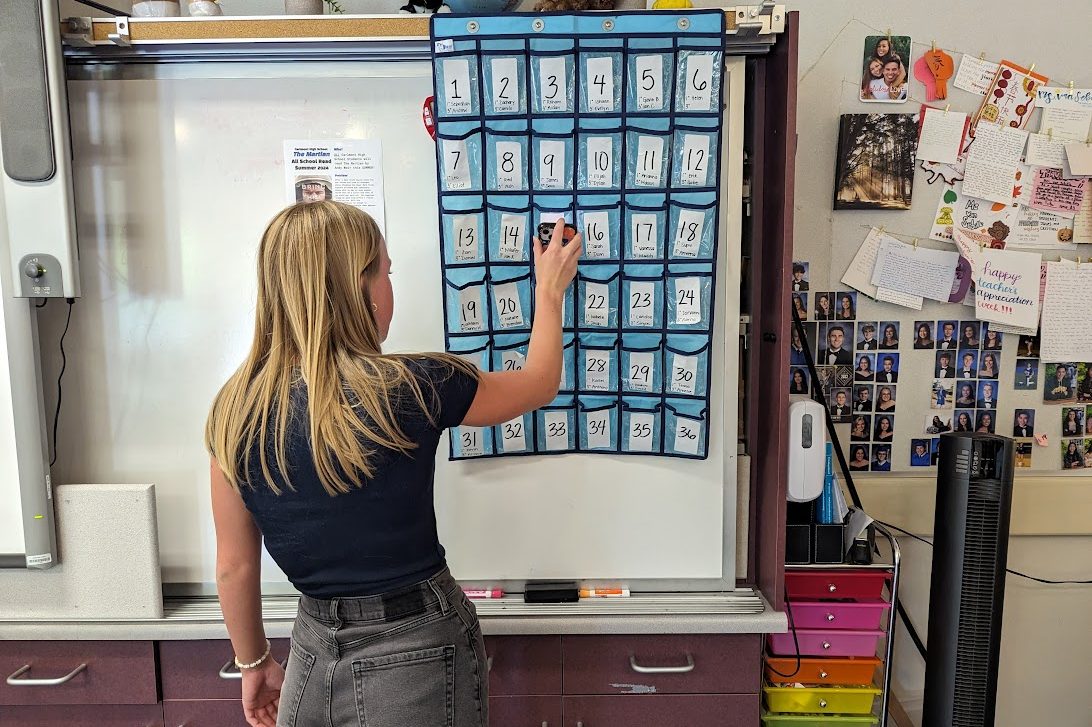


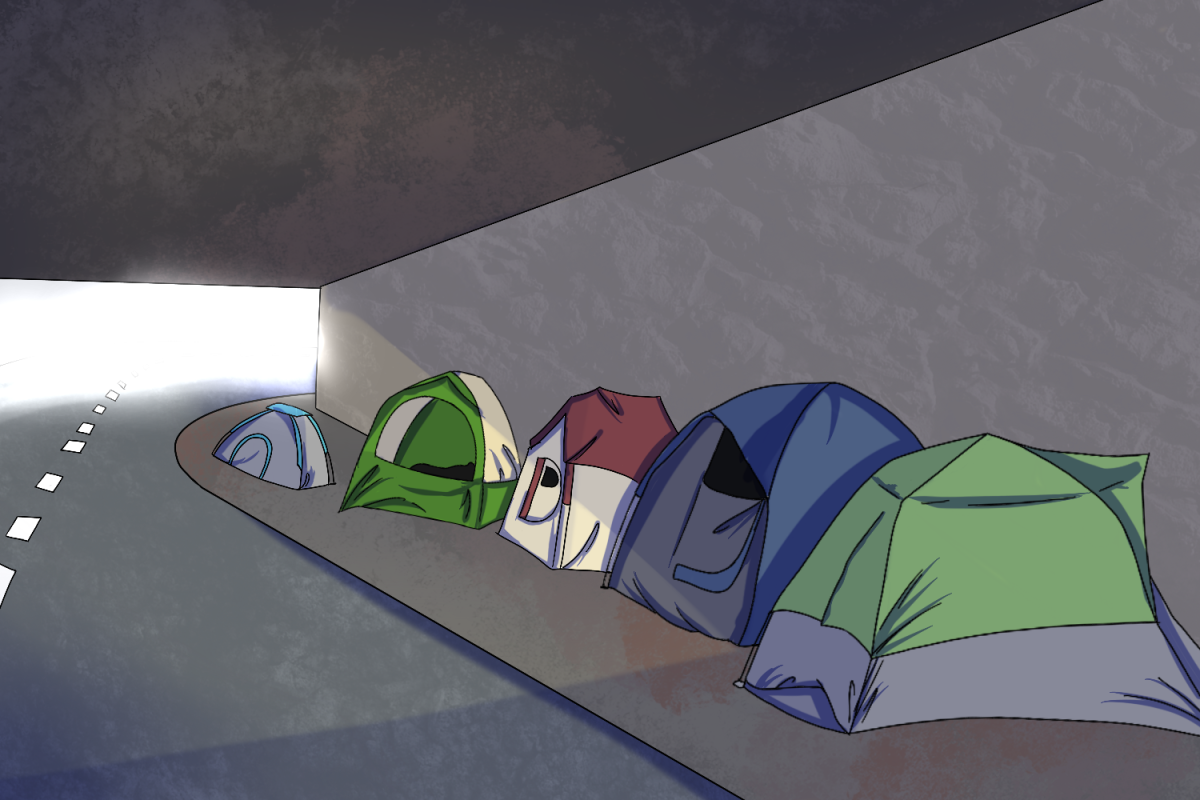


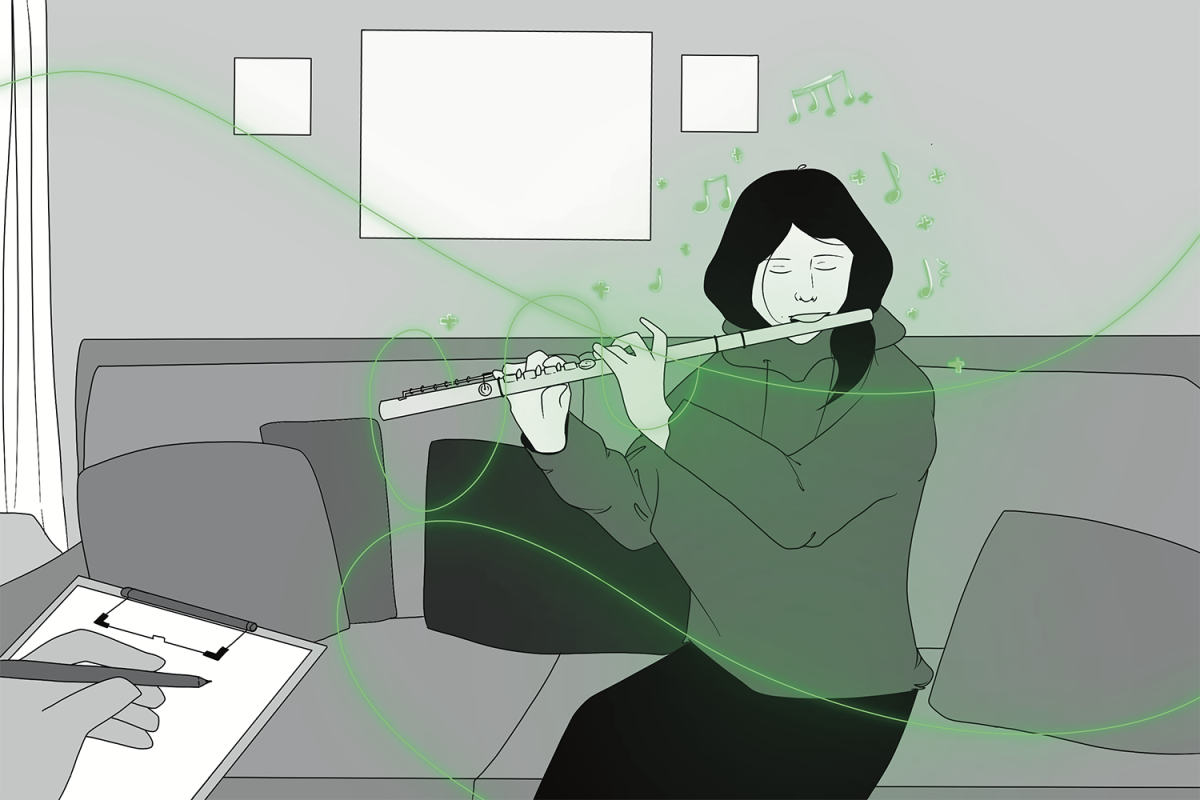


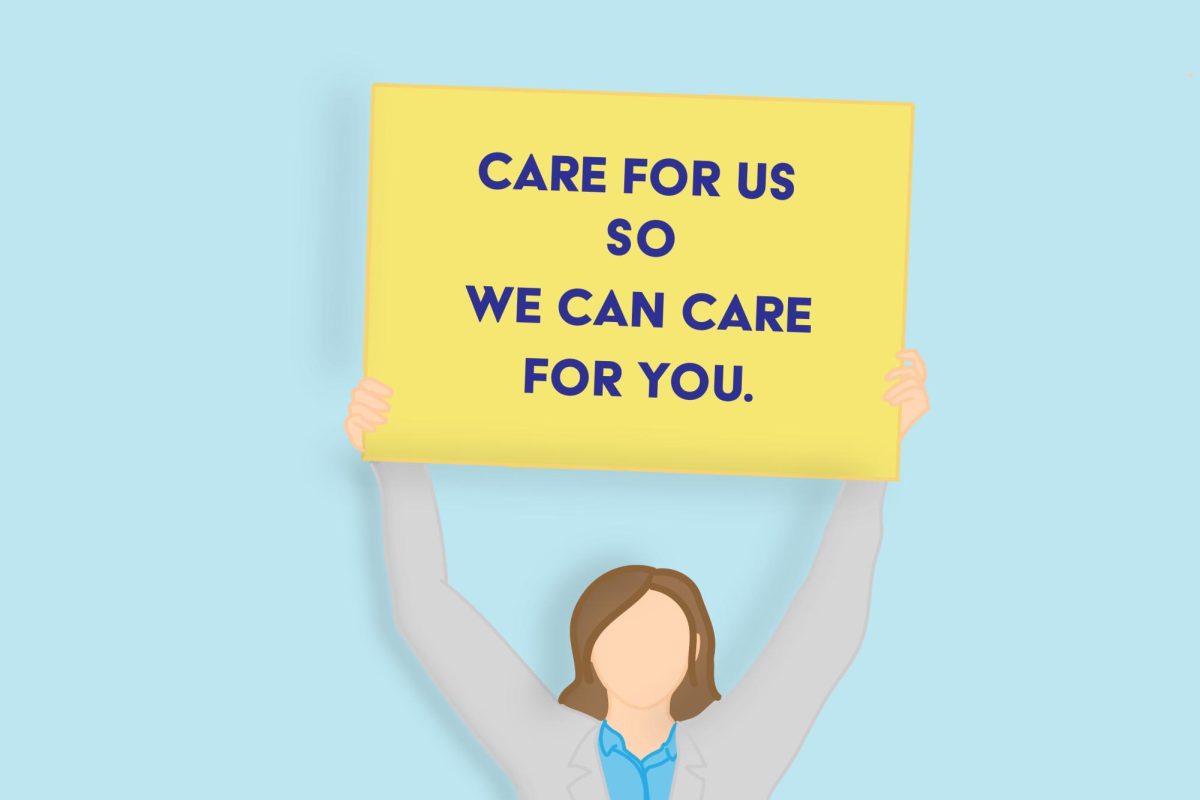
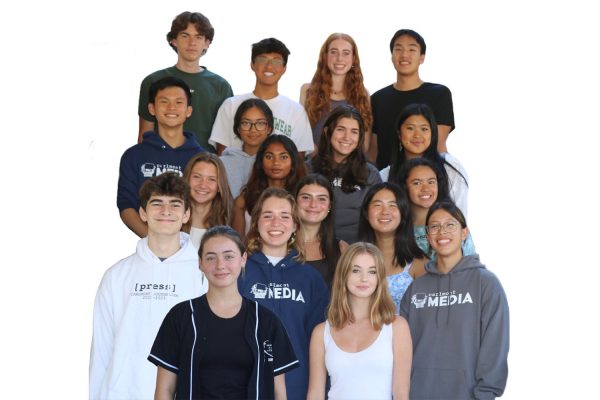

Ty Kubicki • May 19, 2023 at 1:46 pm
I couldn’t agree more with “It’s unclear where the funding is coming from if not from student tuition, so it’s hard to trust the program when the funds may be unstable.” If tuition was free, colleges would need funding somehow. They would turn to governmental aid, the government would then need to raise taxes or cut budgets out of other important things like the military. Nothing is free, even if it may seem that one thing is; like tuition, money has to come from somewhere else. When your hospital bill is little or free because of insurance, that doesn’t mean it is totally free; you still have to pay for health insurance.
Another point I stand by “Thus, those who need help financially may not even see an acceptance letter from the school due to the very high standards and strict criteria, making it harder for students to really reap the benefits of this change.” Colleges like Harvard or USC have very low acceptance rates, and although their financial aid programs are very strong, they are very selective with who or who doesn’t get accepted. Even if colleges are giving out full rides to the lower income students, very few of those students that need it will get accepted.